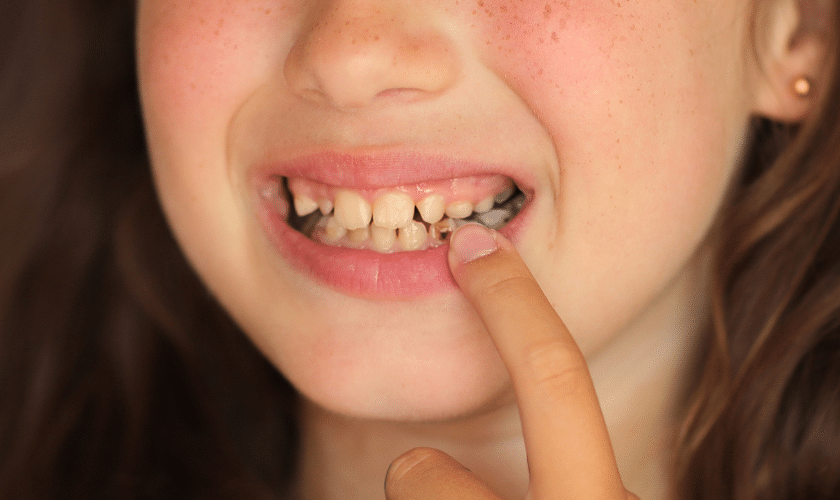Tooth decay, although common, is a prevalent oral health issue affecting millions worldwide. Despite advancements in dental care, many individuals still grapple with this common problem. However, understanding the root causes and implementing effective prevention and treatment strategies can significantly mitigate its impact on oral health. In this comprehensive guide, we’ll delve into the intricacies of tooth decay, offering valuable insights to help you maintain a healthy smile.
Demystifying Tooth Decay: Causes and Process
The Culprits Behind Dental Demise
Tooth decay is primarily caused by the interaction of certain bacteria in the mouth and sugary or starchy foods. Streptococcus mutans and Lactobacillus are among the most notorious bacteria implicated in this process. When these bacteria metabolize sugars from food remnants left on the teeth, they produce acids that erode tooth enamel, leading to decay.
The Journey from Enamel to Decay
The process of tooth decay typically follows a predictable sequence. Initially, plaque, a sticky film containing bacteria, adheres to the tooth surface. As bacteria feed on sugars, they produce acids that gradually weaken the enamel, the outer protective layer of the tooth. Over time, this erosion progresses, forming cavities or holes in the tooth structure.
Fortifying Your Defenses: Prevention Strategies
Brushing and Flossing: Your Shield Against Decay
Regular brushing and flossing play pivotal roles in preventing tooth decay by removing plaque and food debris from the teeth and gums. Dentists recommend brushing twice daily with fluoride toothpaste and flossing at least once a day to maintain optimal oral hygiene.
Mindful Dietary Choices: Nourish, Don’t Harm
A balanced diet low in sugars and high in nutritious foods can significantly reduce the risk of tooth decay. Opt for fiber-rich fruits and vegetables, dairy products, and lean proteins while limiting the consumption of sugary snacks and beverages. Additionally, drinking fluoridated water helps strengthen tooth enamel and mitigate decay.
Fluoride: Nature’s Defender Against Decay
Fluoride, a naturally occurring mineral, has been hailed as a cornerstone in the fight against tooth decay. It works by remineralizing enamel, making it more resistant to acid attacks from bacteria. Incorporating fluoride toothpaste, mouthwash, or professional fluoride treatments can bolster your dental defenses.
Confronting Decay: Treatment Options
Dental Fillings: Restoring Health and Function
For small to moderate cavities, dental fillings offer a reliable solution to restore the affected tooth’s structure and function. Modern fillings, such as composite resin or porcelain, provide durable and aesthetically pleasing results while preserving as much natural tooth structure as possible.
Root Canal Therapy: Salvaging Decayed Teeth
In cases of advanced decay reaching the tooth’s inner pulp chamber, root canal therapy becomes necessary to save the tooth from extraction. During this procedure, the infected pulp is removed, and the root canal system is cleaned, filled, and sealed to prevent further infection and restore oral health.
Dental Crowns: Reinforcing and Protecting
When extensive decay or damage compromises a tooth’s integrity, a dental crown may be recommended to reinforce and protect the remaining structure. Crowns, often made of porcelain or ceramic, are custom-fitted caps that encase the entire tooth, restoring its strength, function, and appearance.
Tooth decay is a common yet preventable oral health concern that requires proactive management and timely intervention. By understanding the underlying causes and implementing effective prevention strategies, you can significantly reduce the risk of cavities and maintain a healthy smile for years to come. For personalized advice and professional dental care, consult with a trusted Oak Park dentist who can offer tailored solutions to meet your unique needs. Remember, taking proactive steps towards oral health now can pave the way for a brighter and healthier future.

